The world of horology is no stranger to reinvention, where the past often finds new life in the present. One such fascinating trend gaining traction among watch enthusiasts is the transformation of antique pocket watch chains into nostalgic wristwatch straps. This ingenious adaptation not only breathes new life into forgotten heirlooms but also bridges the gap between vintage charm and contemporary functionality.
Pocket watches, once the pinnacle of personal timekeeping, have largely faded from daily use. Yet, their intricate chains—crafted from materials like sterling silver, gold, or even humble brass—remain as testaments to a bygone era’s craftsmanship. These chains, often adorned with ornate links, fobs, or even miniature tools, carry stories within their metalwork. By repurposing them as wristwatch straps, collectors and artisans are creating wearable history.
The process of converting a pocket watch chain into a wrist strap is both an art and a science. It begins with selecting a chain that balances aesthetic appeal with structural integrity. Chains too delicate may not withstand daily wear, while overly bulky designs can feel cumbersome on the wrist. Artisans often disassemble the original chain, carefully cleaning each link to restore its luster before reassembling it with modern spring bars or leather accents for a seamless fit.
What makes these converted straps so compelling is their ability to evoke nostalgia while remaining utterly unique. Unlike mass-produced watch bands, no two pocket watch chains are identical. Some bear the patina of age—a soft sheen on silver from decades of handling, or the warm glow of oxidized brass. Others feature intricate patterns or monograms, hinting at their previous owners’ identities. Wearing such a strap is akin to carrying a fragment of history on your wrist.
Beyond their sentimental value, these straps offer a distinctive aesthetic that stands apart from conventional options. A delicate silver chain paired with a minimalist dress watch creates an understated elegance, while a heavier brass link chain might complement a pilot’s or railroad-style timepiece with rugged charm. The versatility of these materials allows for endless creative pairings, making them a favorite among those who view watches as personal statements rather than mere accessories.
The trend has also sparked a niche market for antique dealers and specialized craftsmen. Vendors now curate collections of vintage chains specifically for conversion, often providing customization services to match a client’s watch case or personal style. Meanwhile, online communities share tutorials for DIY enthusiasts eager to attempt the transformation themselves, fostering a grassroots revival of interest in pocket watch ephemera.
Yet, this practice isn’t without its challenges. Authentic antique chains require careful handling to preserve their integrity, and improper modifications can diminish their value. Some purists argue that altering these historical artifacts borders on sacrilege, while proponents counter that giving them a functional purpose honors their legacy more than letting them gather dust in drawers. The debate itself underscores the emotional resonance these objects still hold.
As wristwatches continue to dominate the timekeeping landscape, the pocket watch chain conversion movement offers a poetic full-circle moment. It’s a reminder that horology isn’t just about precision engineering—it’s about storytelling, craftsmanship, and the enduring allure of objects that transcend their original purpose. Whether as a conversation piece or a deeply personal homage to the past, these straps prove that sometimes, the most innovative designs are those that look backward to move forward.
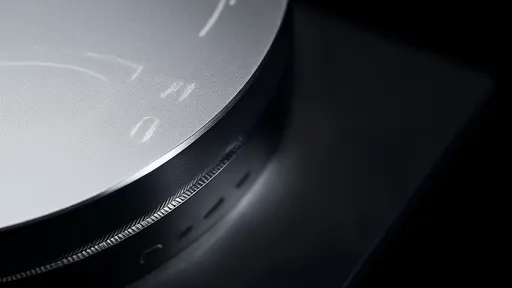
By /Aug 11, 2025
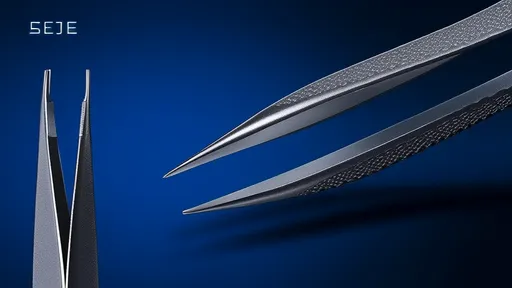
By /Aug 11, 2025

By /Aug 11, 2025

By /Aug 11, 2025
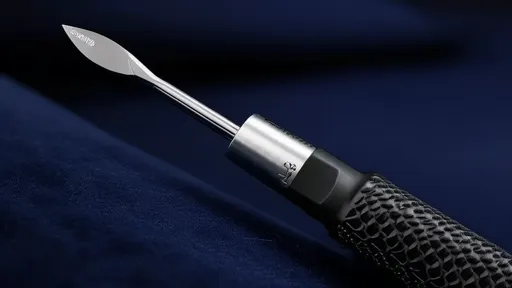
By /Aug 11, 2025
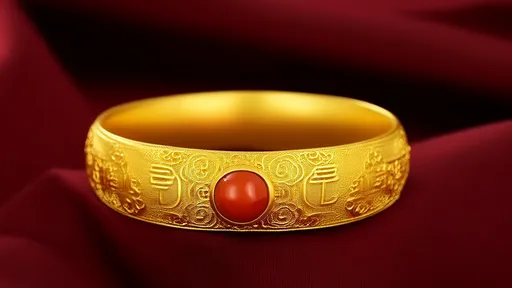
By /Aug 11, 2025
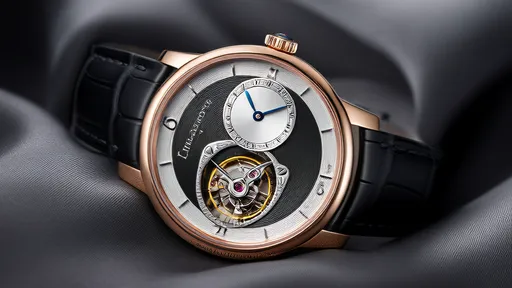
By /Aug 11, 2025
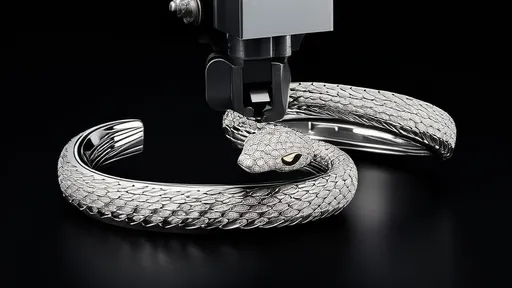
By /Aug 11, 2025

By /Aug 11, 2025
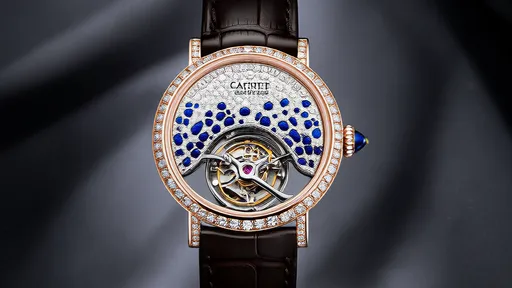
By /Aug 11, 2025
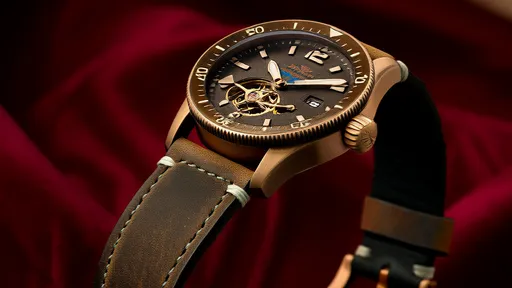
By /Aug 11, 2025

By /Aug 11, 2025

By /Aug 11, 2025

By /Aug 11, 2025

By /Aug 11, 2025
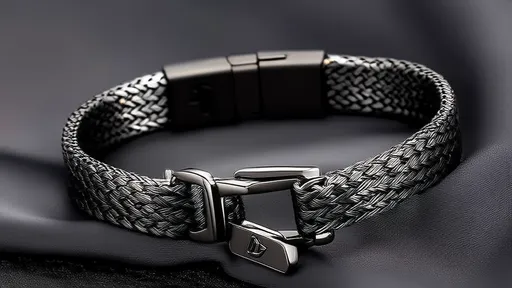
By /Aug 11, 2025

By /Aug 11, 2025

By /Aug 11, 2025
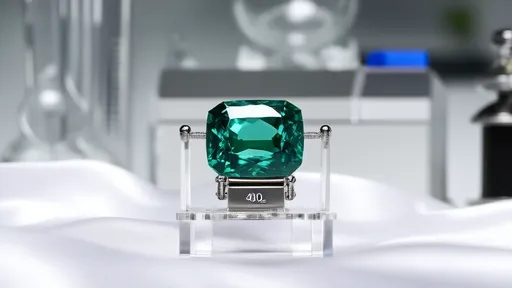
By /Aug 11, 2025

By /Aug 11, 2025